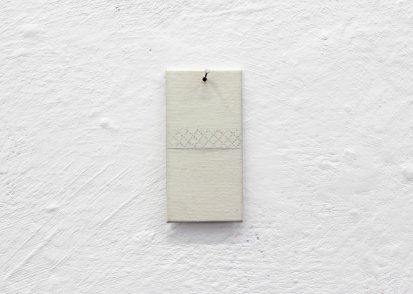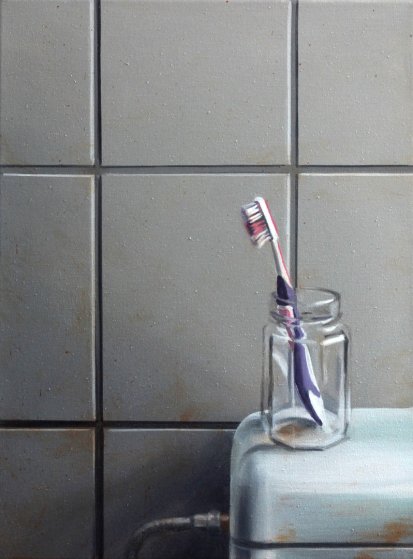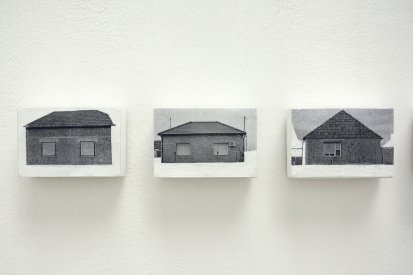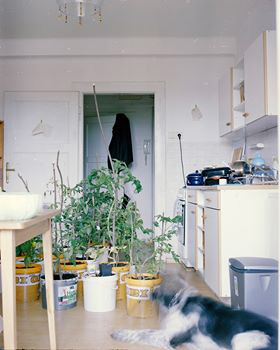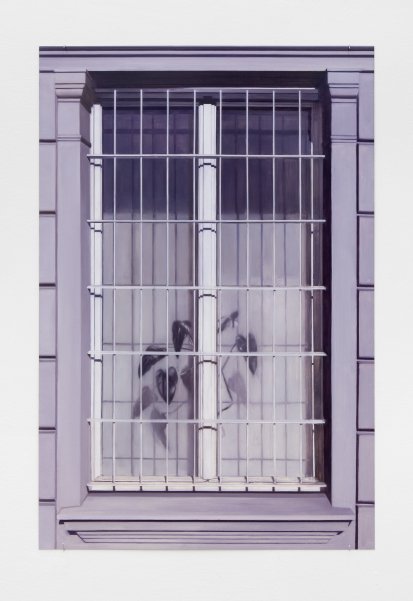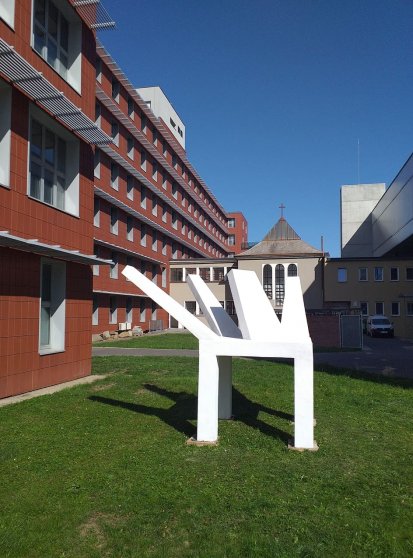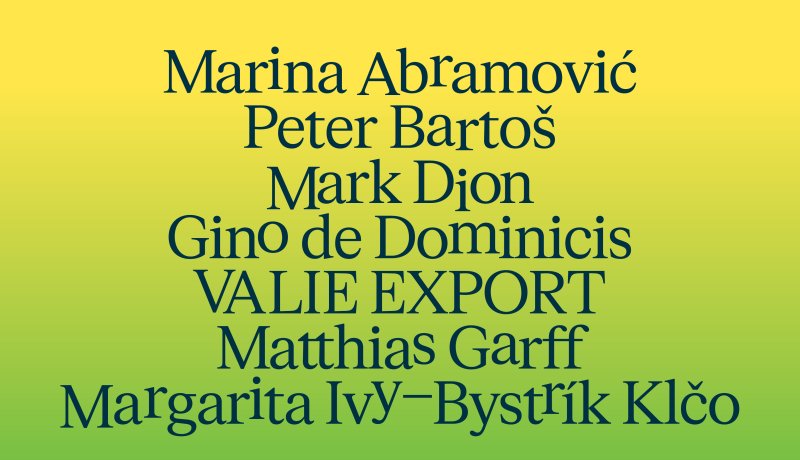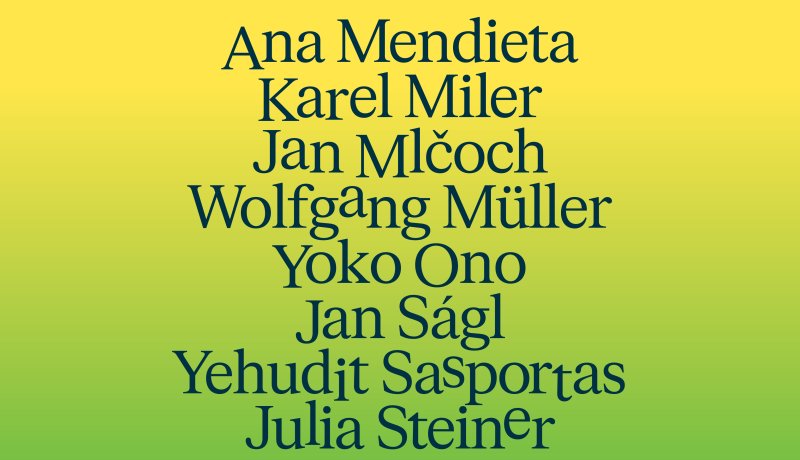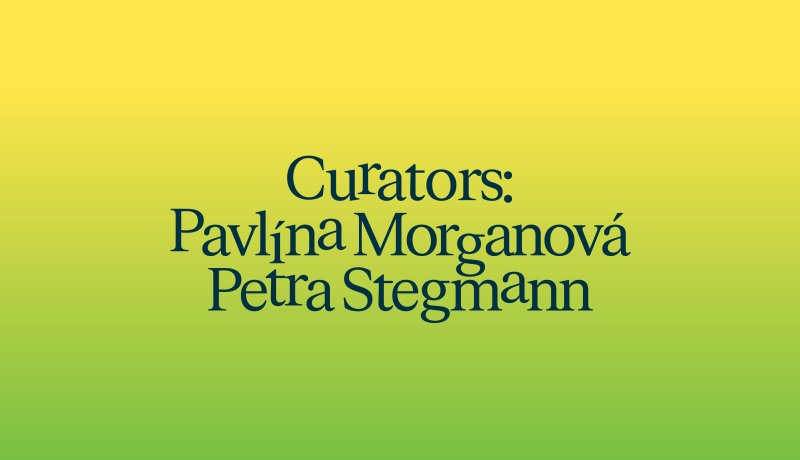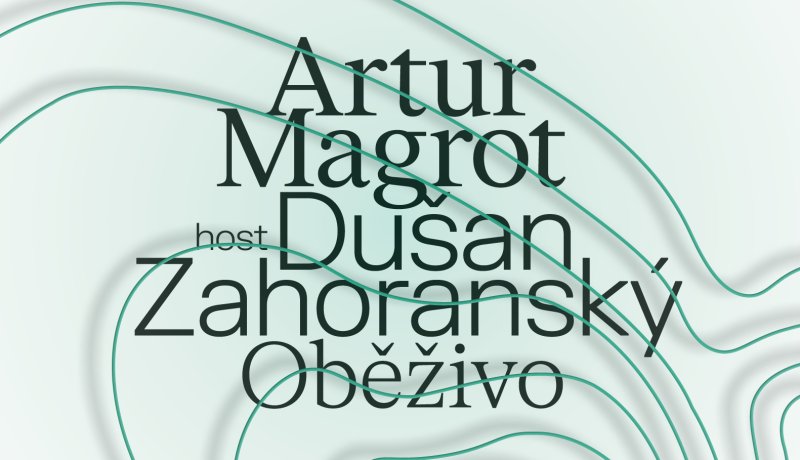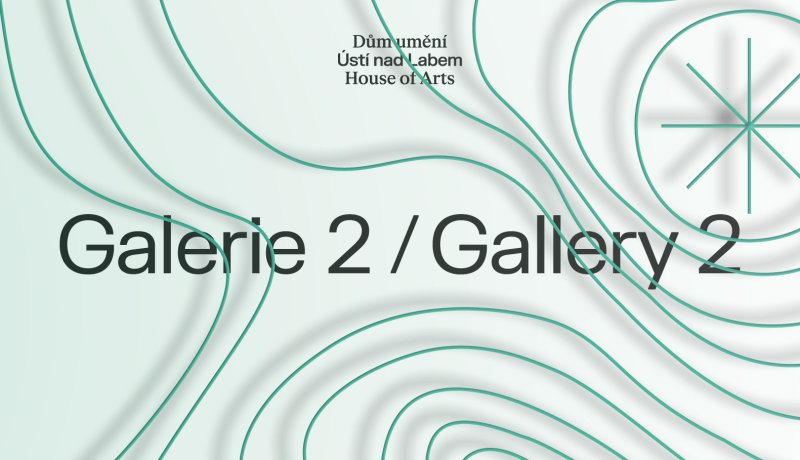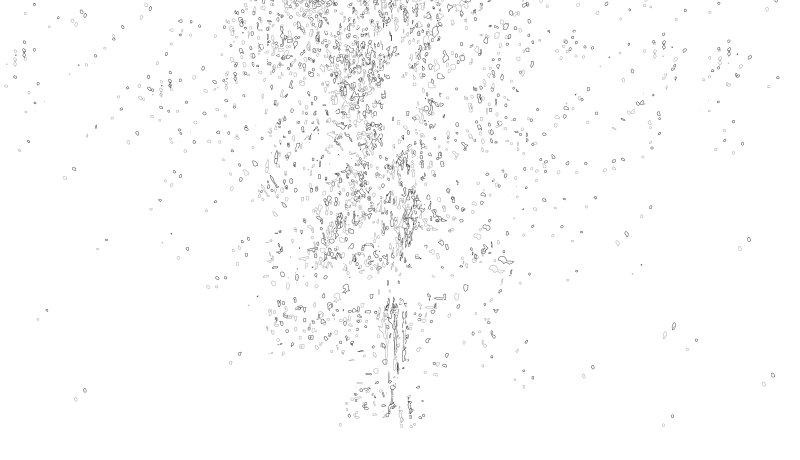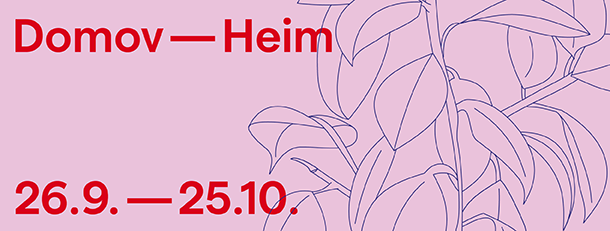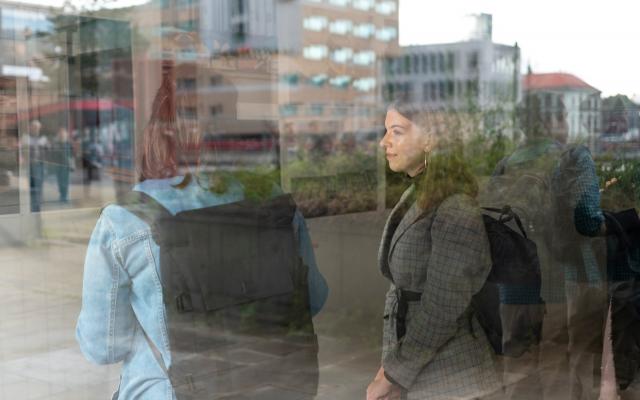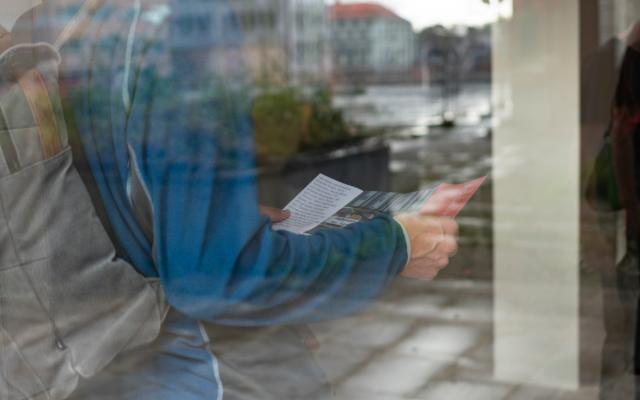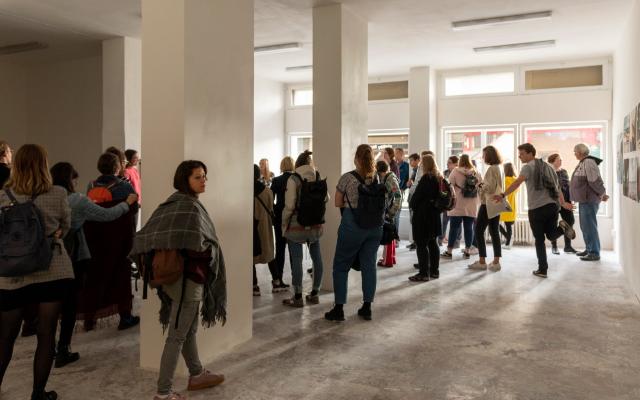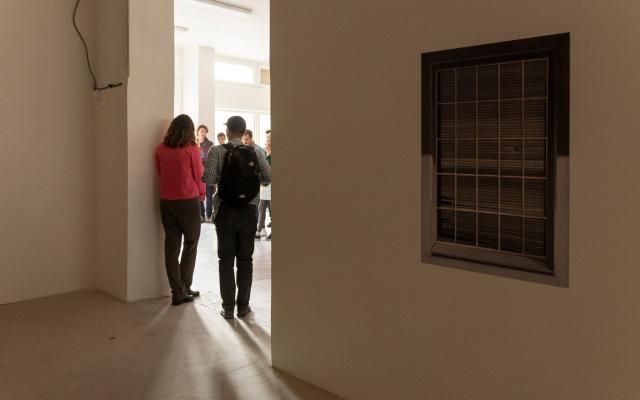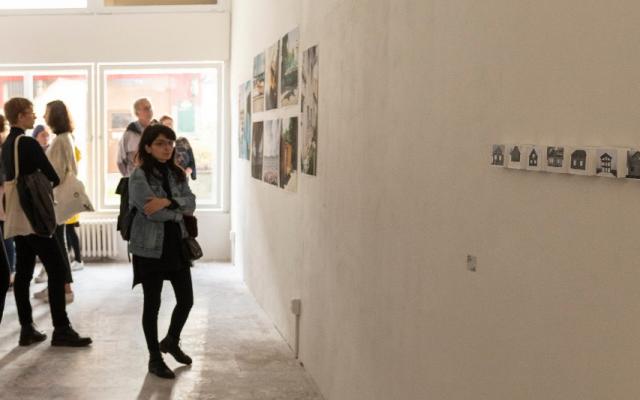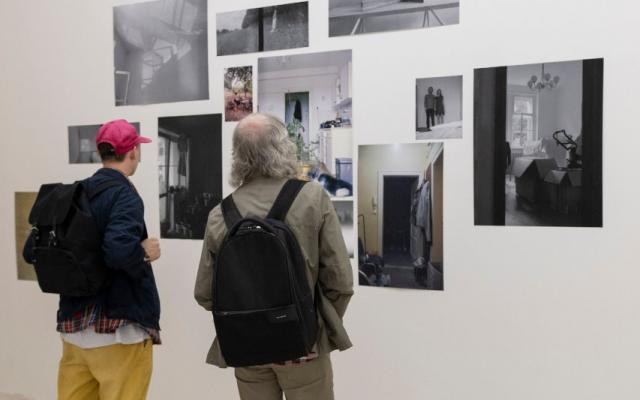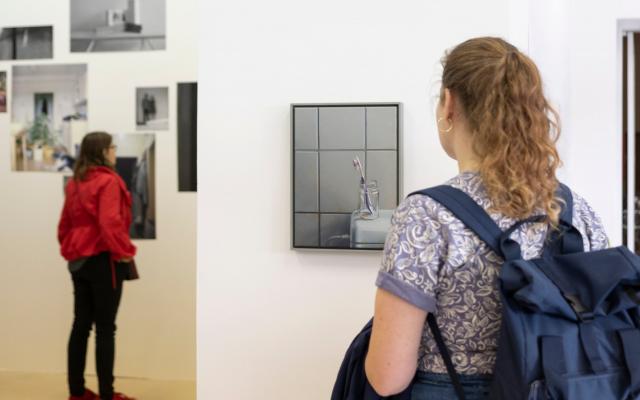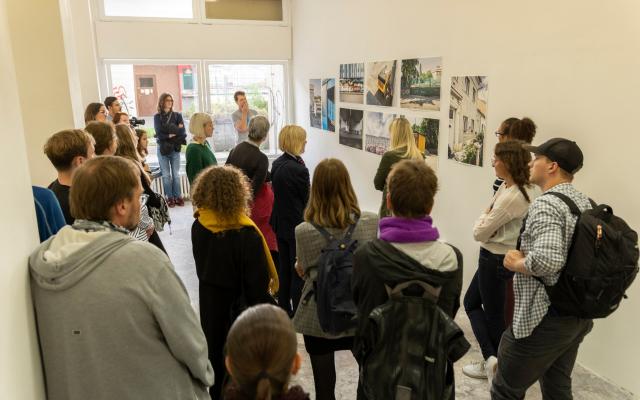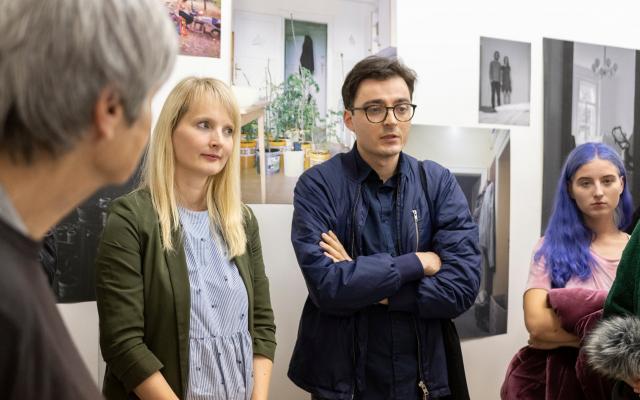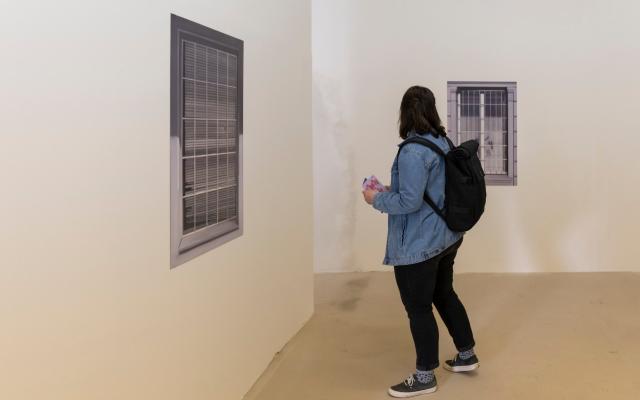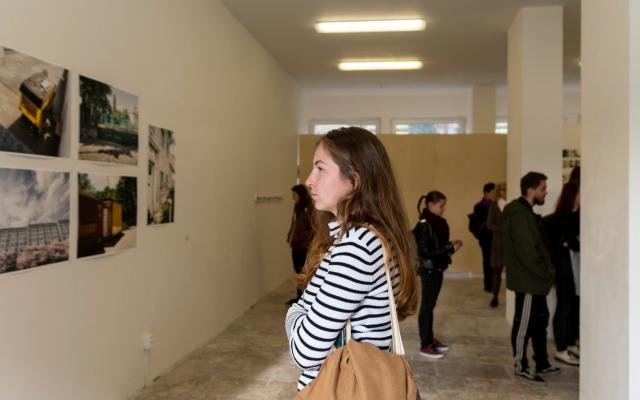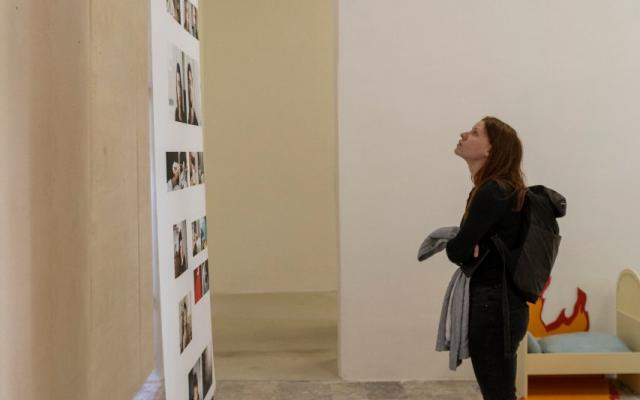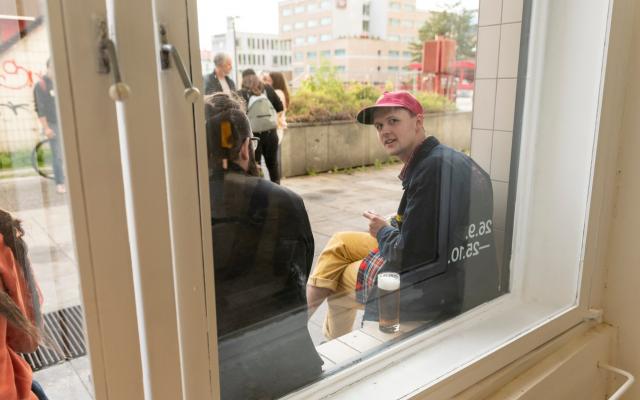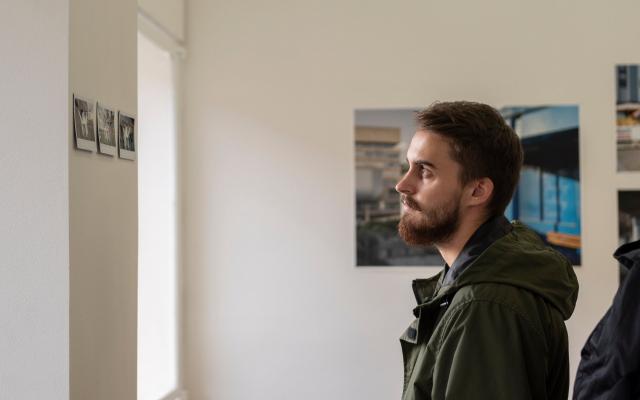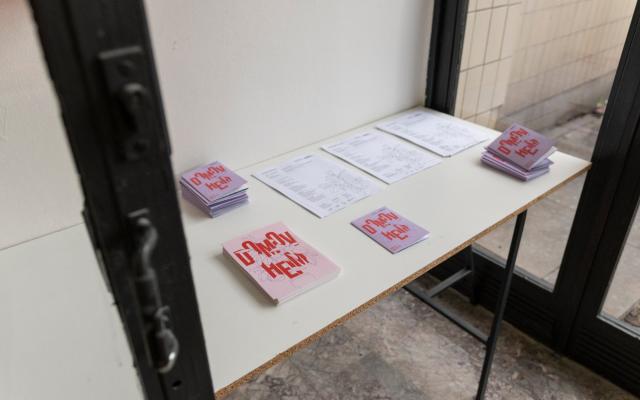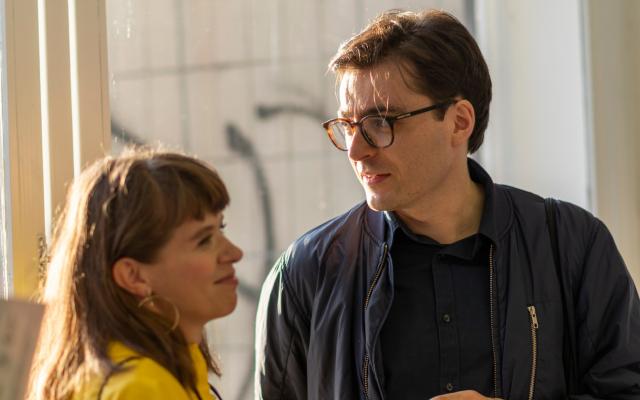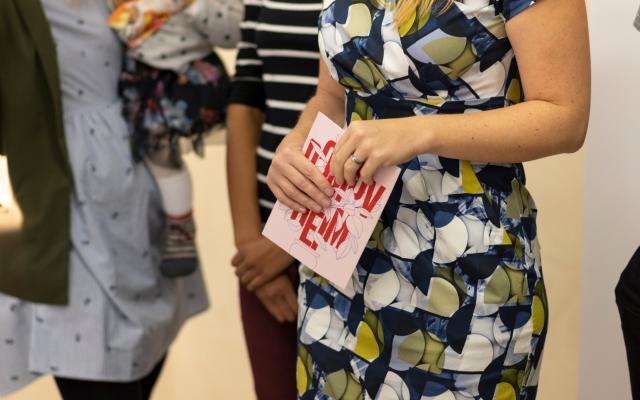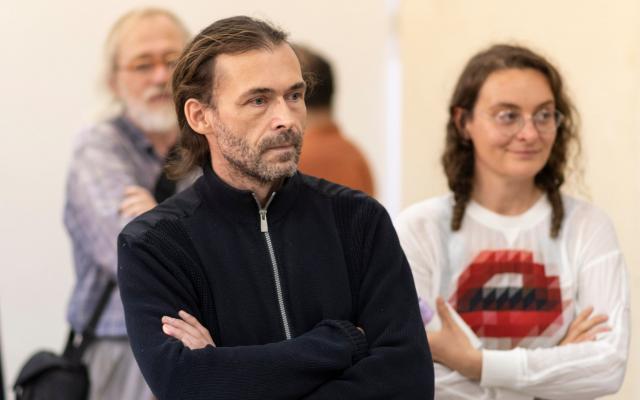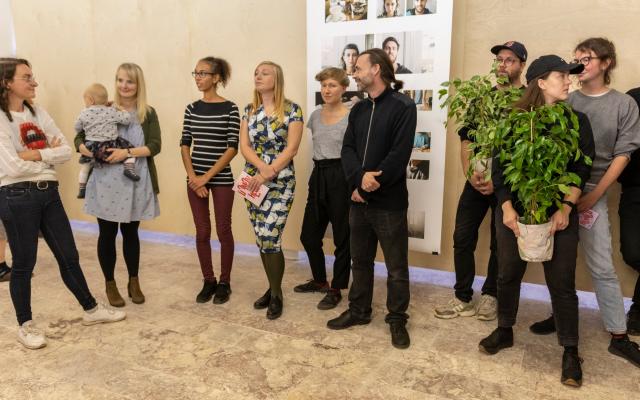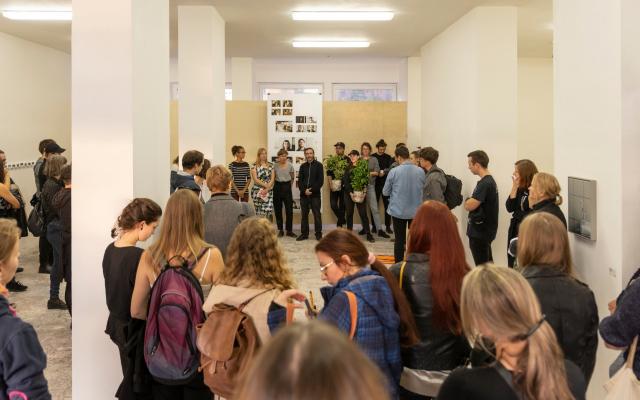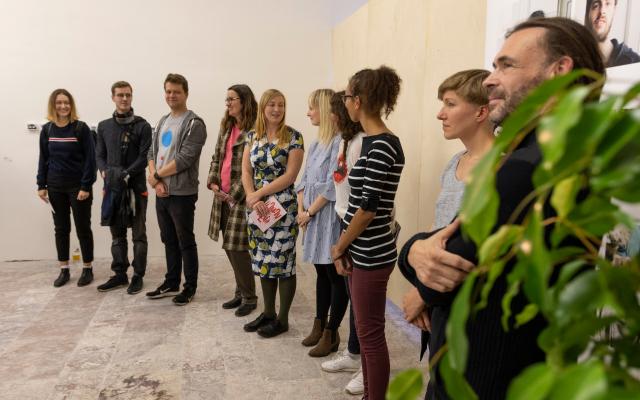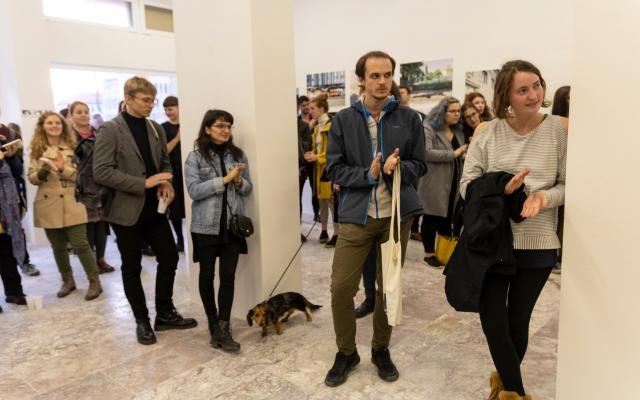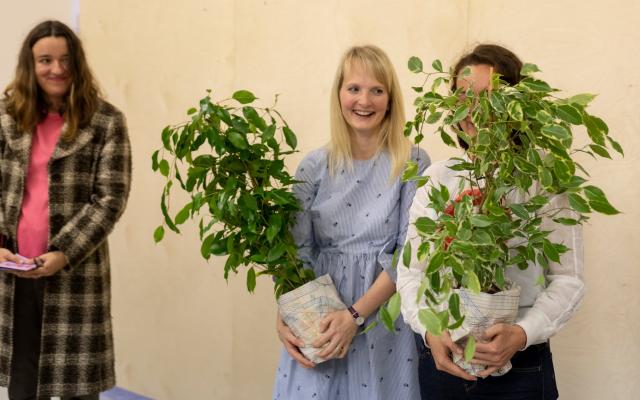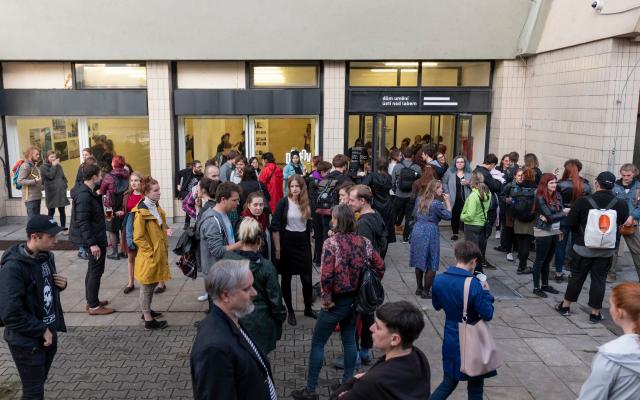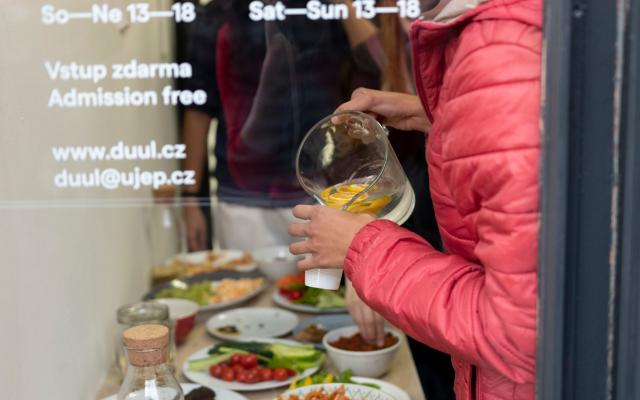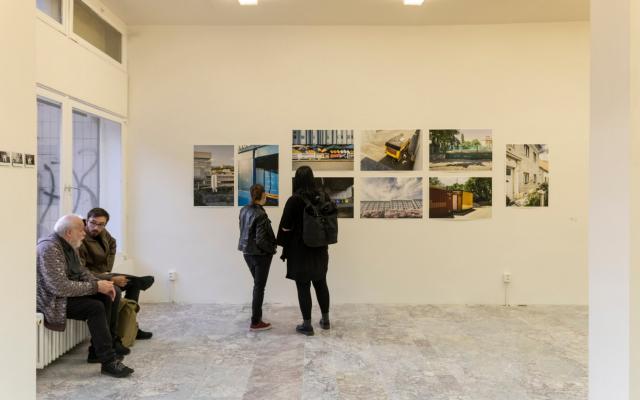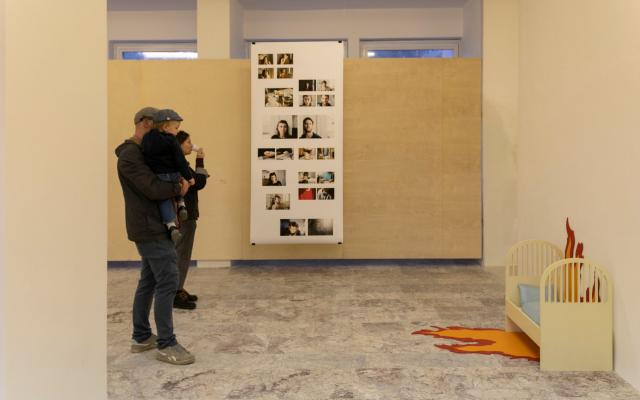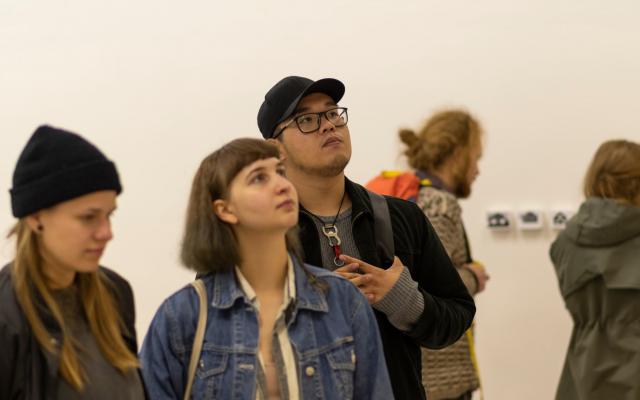Home / Heim
26. 9. – 25. 10. 2019
Opening on WednesdaySeptember 25, 2019 at 6 pm
“No one shall be subjected to arbitrary interference with his privacy, family, home or correspondence, nor to attacks upon his honour and reputation. Everyone has the right to the protection of the law against such interference or attacks.”
Universal Declaration of Human Rights, Art. 12
We have invited eight male and female artists from the Czech Republic, Germany and Iceland to put their works related to this topic on display. Using various artistic positions involving aspects of “home,” the exhibition aims at oscillating between two poles: home as a “peaceful place” in all its spontaneity, normality and happiness, and home as a place full of uncertainties coming from both inside and outside.
We are aware of the fact that it is not possible for us to embrace the topic of a “home” as a whole, yet it is in our power to focus on some of its aspects. After all, to introduce all aspects and views of places people consider their homes would probably not be possible even with the largest exhibition space in the world. We would therefore like to invite all those interested in this topic to this small exhibition – if they like it, the space will allow them to ponder over and talk about their home-related feelings and the importance of home on their own.
Even though the Universal Declaration of Human Rights states that everybody needs a home and has the right to have it, it does not inherently mean that in reality, everybody truly has their own place of home and safety (just think about the homeless or the refugees). Moreover, not every owner of a home feels at home and safe at the place – for example when it comes to victims of domestic violence. This is also one of the topics of Antje Guske and her work “Zeit schlafen zu gehen” (“Time to go to bed”). Both sleeping and falling asleep are closely related to us feeling safe. What can cause nightmares? The bed here is a typical children bed. Parents must provide a safe home for their children, they must protect them from negative influences from both the inside and the outside.
What conditions must be met for each of us to have their own safe home? We may think that home is a private thing. Yet home is in need of protection, just as stipulated by the Article 12 of the Universal Declaration of Human Rights. Martin Herold’s paintings of barred windows evoke the need of safety and of one’s home protection which can be both truly purposeful and superfluous or even pointless. Blinds prevent the others from looking inside the house. Flowers in flowerpots on the windowsill speak about the comfort of the people settled in, yet the iron bars protecting the home against attacks from the outside are unsettling.
What happens if property speculators focus solely on their income and do not care for people losing their houses and flats? Nora Mesaros has gathered examples of such situation in her works. Her series of photographs called “On Sale” shows unfinished but already abandoned houses in a small east-Serbian town. Many have been leaving the place due to the economic pressure and their profound discontent. The houses are on sale but there are no buyers, which means the houses are crumbling away, dissolving into the environment and the nature once again. Nobody wants them as their home anymore.
What connects all these people is their (more or less exact) knowledge of what “home” means to them. Everybody needs a home, it is something we all have in common. Yet the importance of home for us, its form, its smells and the feelings it evokes in us can differ a lot. One can see home in very small things and decorations as well. Johan Schäfer’s pictures show some of the seemingly common things that could be part of almost any home. It is the normality and the usefulness of these common things that often present an inseparable part of our homes.
Some people share their homes with their partners, friends and children; many believe that home is where our beloved ones are. It is a place where they find love and understanding. Home is also often a place where intimate things between those who live together take place. The artistic duo Lemos + Lehmann has taken several pictures of their breakfast every day, creating a huge amount of strongly diverse moments in the life of a couple. The exhibition showcases a selection of the photos.
Nevertheless, there are also those who cannot feel at home when not among the four walls of their own. Sometimes they are even too protective of their territory, to the extent that they refuse to let anyone else come in, which can result in them living alone. Still, other people prefer sharing their homes with their family, pets or plants.
Marianna Alasseur’s statues called “The Family Table in the Wind,” created specifically for the exhibition, reacts to the need of sharing one’s home and family table with their family. The table has been the symbol of home since time immemorial. There is an architectonical aura to the monumental white table (it looks like a new-build brick house) which symbolizes the stability and definiteness of a family, the building block of the society. At the same time, the surface of the table is disrupted with white grafts driven into the desk – similarly to the contemporary family, the table must be resistant to both inner and outer influences disrupting it. The contemporary family balances on the verge between the old understanding and the new one, and following this logic, the statue has been placed right between the old House of Arts and the new one in the university campus.
Some people feel no need to have the four walls of their own; they are able to feel at home anywhere they are, travelling the world just with a backpack of theirs. Some people have the home-like feeling of understanding when online, joining the social network communities and chats. A home could be a place where one was born and where nothing has ever changed. Our understanding of home is also affected by our relationship to the place we live in. We can feel at home when we are in the village or the town of ours. Some people consider home a permanent, never-changing thing. Others change their home several times throughout their life, for various reasons: because they have grown up and left their parents’ home, because they have lost their home and started a new one.
The acceptance of a city with both a complicated past and an unsolved present as one’s present home is reflected in photographs by Jiří Dvořák. His pictures capture the town of Ústí nad Labem in its brutal and sometimes even absurd nature, yet the town gets anesthetized on them; there are glints of beauty, of admiration and awe caused by the place.
One can build their home with their own hands. A home can be a private property of our own as well as a rented property owned by somebody else.
The series of photographs by Jáchym Myslivec offers an intimate view into settling in an undefined, impersonal space and turning it into a home. Home-grown tomatoes and other plants serve as a metaphor to a germinating new life. There is a woman’s dress hanging on a hanger in the window, and suddenly, the space is no longer just a bachelor’s flat but a place for two. The wet rings on the table and the little mess left after breakfast or snack are poetic allusions to the everyday-life reality. A photographic poem about home, love, building, space-sharing, intimacy, sprouting, and life.
It might be therefore safe to say that “home” is the general basis for a human being, yet it is different and unique for each and every one of us. This uniqueness does not prevent us from acknowledging the existence of various homes, some more similar to each other than the others, though. And what does your home look like?
Curators: Zuzana Doleželová (CZ), Denise Ackermann (DE)
Artists: Jiří Dvořák (CZ), Martin Herold (CZ), Antje Guske (DE), Marianna Alasseur Látalová (CZ), Lemos&Lehmann (DE), Nora Mesaros (DE), Jáchym Myslivec (CZ), Johan Schäfer (DE)
